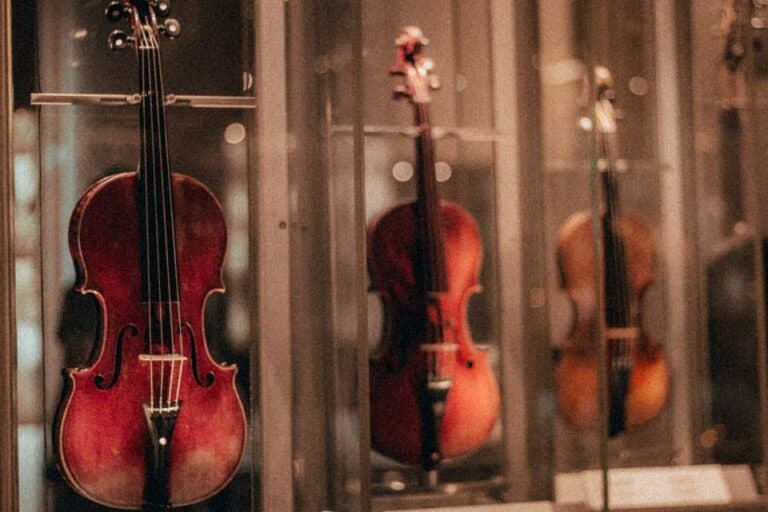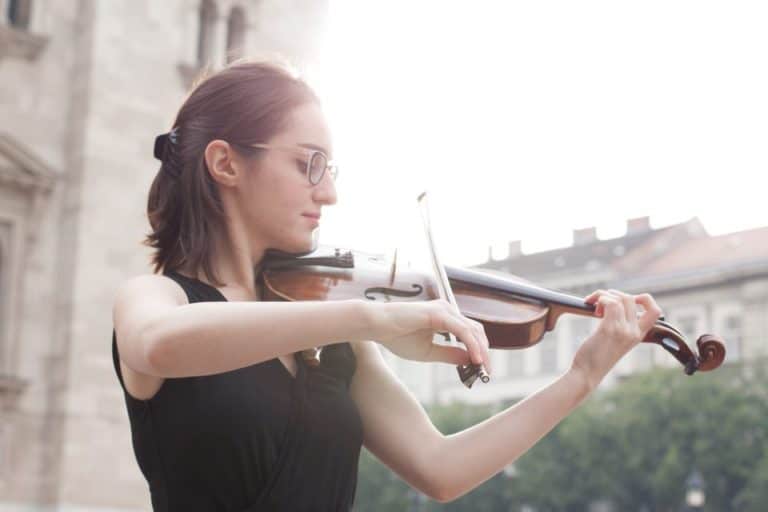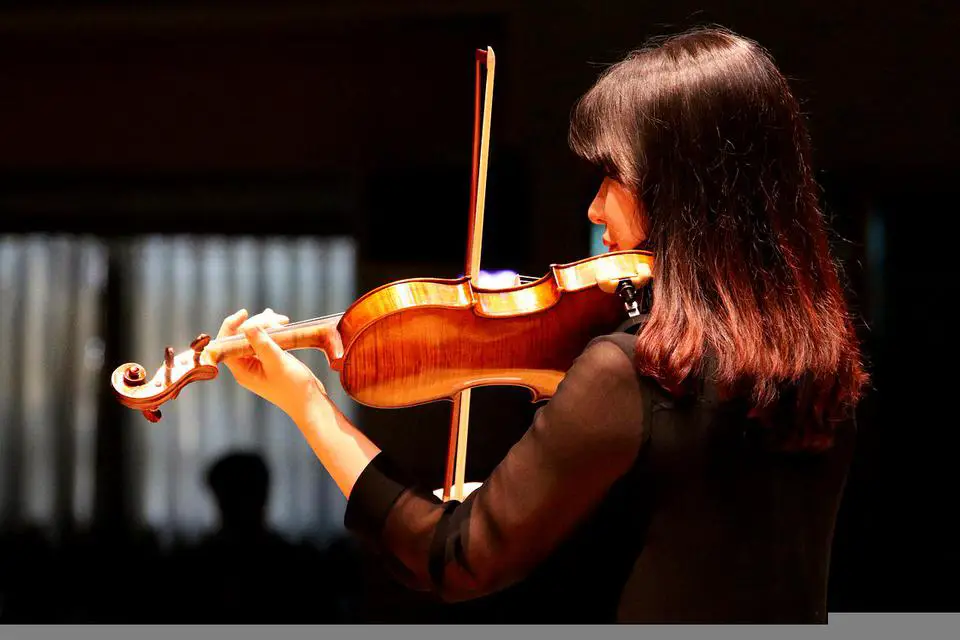Learning the Violin can Supercharge your Brain, Scientists Say
It is commonly accepted that playing an instrument is good and especially the violin because it is one of the most difficult instruments. But how automatically can we take advantage of the many hours of hard work that we put every day on that instrument? How can we measure the effect of the violin on the brain, just to be sure?
Playing the violin not just increases grey matter mass but also neuronal connections through brain plasticity. These benefits are not only for children but have a life-long lasting effect. Memory, language, and complex reasoning improve substantially.
So, if the violin is said to be the instrument that offers the best benefits, it must be proven somehow by scientists. Here is a roundup of some common studies on the subject.
What scientific studies tell us about playing the violin and the brain
The cerebral cortex is where language and higher thinking are. The volume of grey matter in the cortex (Broca’s area) is more important in musicians compared to people who don’t play music.
Through the impressive plasticity of the human brain, its structure is improved by playing the violin and music practice in general (source). Studies have used magnetic resonance imaging (MRI) techniques, others changed neurophysiological activation patterns. The results are pretty clear and that experience can shape brain anatomy and brain physiology.
Brain plasticity as demonstrated here is related to changed grey and white mater densities (and volumes) but also to changed activation patterns in the brain areas involved in controlling the expertise task.
There are different parts of the brain that develop themselves when learning an instrument, and the violin in particular.
The New York Academy of Science states that“Playing a musical instrument requires a complex skill set that depends on the brain’s ability to quickly integrate information from multiple senses. It has been well documented that intensive musical training alters brain structure and function within and across multi-sensory brain regions, supporting the experience-dependent plasticity model.”
Playing the increases brain mass
The brain mass gained through violin learning is a benefit that lasts long; when it decreases with age, it is less so for musicians.
Playing the violin invigorates brain parts
The part of the brain that is dedicated to hearing sounds is the primary auditory cortex (source). It is most affected by its plasticity; it becomes larger and more powerful. It can be exercised to recognize sounds that other people are not even aware of.
This area is greater for people who have started playing the violin at an early age.
Coordination between muscles and joints is enhanced through violin playing
In this study, the scientists focus on the impact of a brain trained on precise movements. The more the musician practice, the more fine and coordinate the movements are, in actual playing or in life in general.
What are the consequences of those brain benefits?
Now that we know that the brain physically benefits from playing a musical instrument and the violin in particular, let’s see what are the good consequences on our abilities in general (kids, adults, elderly people).
Language and articulation of thoughts
Music is said to be a language and sort of is. Musical ideas and phrases are developed throughout the piece. The architectural structure of any piece is an exercise for the brain, from simple to complex, from Twinkle Little Star to Beethoven’s Concerto. It helps develop our comprehension, language, and articulation of thoughts.
Learning music can be compared to learning a foreign language. It exercises the mind in that way. It can be beneficial to learning any other language in parallel.
Memory
Our memory is exercised often and regularly through playing music. It is important to forge a good memory on many levels:
- memorizing long repertoire,
- memorizing the feelings of the fingers on the fingerboard to produce perfect intonation and nuances,
- the logical structure of the work implies working on a subtle but consistent memorization pattern.
Finesse and precision of movements
As a violinist, our ability to master micro-movements through years of hard work (and extra-developed brain regions) is beneficial in many other areas of our lives. It helps in the coordination of movements for our younger toddlers, but also when we become old. Mastering small movements is always beneficial as training.
No wonder why playing the violin will develop many qualities in yourself, as it is arguably the most difficult instrument in the world (see my blog post here)!
Does playing the violin increase IQ?
Playing the violin increases IQ because it helps develop musical abilities in the same part of the brain as the spoken language. This part (Broca’s area) shows a more significant number of neurons than the non-musicians. The more the musician practice, the bigger the amount of grey matter.
Studies say that playing a musical instrument increases IQ by an average of 7 points.
If you add up that practicing the violin is good for:
- memory,
- reflexes,
- speed,
- small adjustments and micro-perceptions,
- spatio-temporal intelligence,
- understanding complex structures
You get the perfect cocktail to boost your cognitive abilities, that is to say, your IQ.
It is beneficial not only for kids, as I have explained in that blog post, but also for anyone, at any age. But playing the violin must consist of regular practice, of course, not a twice-a-year session.







